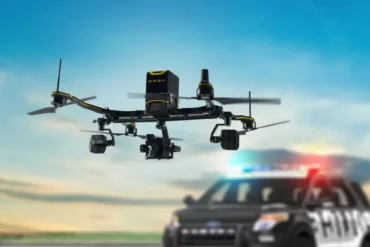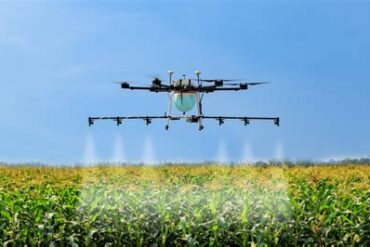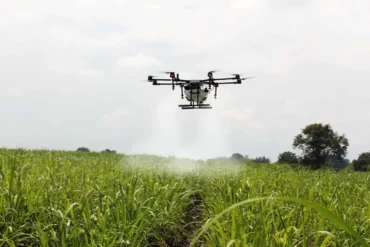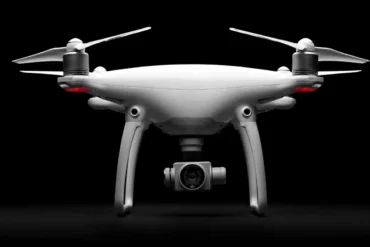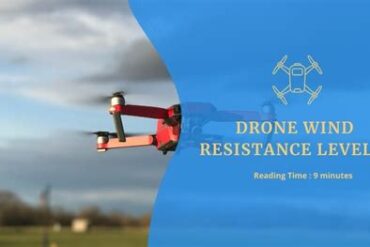A major part of India’s economy, agriculture supports the livelihoods of 65% of its population, directly or indirectly impacting the Gross Domestic Product (GDP) by around 17%. Boosting agricultural growth has become crucial for increasing revenue, income, and job opportunities. Technology, with its ever-evolving nature, brings convenience and progress to various sectors. Drone technology, and the use of Unmanned Aerial Vehicles (UAVs), have particularly driven advancements, saving time and costs.
Drones find application across a range of agricultural operations, including aerial surveillance, mapping, land inspection, monitoring, fertilizer spraying, detecting crop diseases, and more. Different types of drones are being tested to find their optimal use in agriculture, horticulture, and farming. For crop fertilization, quadcopters emerge as a popular choice because of their multi-rotor design. However, fixed-wing drones can also be used for this purpose, but their larger size requires ample space for take-off and landing, which can be a logistical challenge.
Fertilizer Application
One of the most valuable applications of drones in agriculture is their agility to swiftly navigate and maneuver to targeted locations. This capability enables precise spraying of fertilizers and insecticides, enriching crops with essential nutrients vital for their growth. Such interventions promote robust and thriving crops, while drone operators can monitor the fertilizer-spraying process, effectively combating insects, pests, and diseases, thereby prolonging the lifespan of crops.
Monitoring Soil Health
Drones play a crucial role in assessing soil health through their robust capabilities. By using Unmanned Aerial Vehicles (UAVs), data collected from monitoring aids in examining, regulating, and preserving soil quality. Furthermore, drone technology facilitates providing essential nutrients to enhance soil health and vitality, achieved through 3D mapping and meticulous data processing.
Seeding Process
Agriculture, being inherently labor-intensive, requires skilled execution across its various operations. Seeding, a particularly laborious task, traditionally requires manual labor, consuming considerable time and effort. However, to streamline this process, drones are now being deployed to efficiently sow seeds of various crop varieties. Equipped with lasers, sensors, and tanks, drones demonstrate remarkable agility in seed planting, significantly reducing manual labor.
Analyzing Deficiencies
Another great advantage of using drones for crop fertilization is their ability to analyze, detect, and survey crops for deficiencies. Enhanced with high-resolution cameras, sensors, and lasers, drones can quickly conduct these assessments. Moreover, Unmanned Aerial Vehicles have the capability to map deficiencies in real-time, with the collected data processed for further insights into crop health.
Drones for Crop Fertilization
In conclusion, drones have revolutionized the labor-intensive process of crop fertilization. Their versatility and efficiency significantly alleviate the burdens associated with farming operations.

